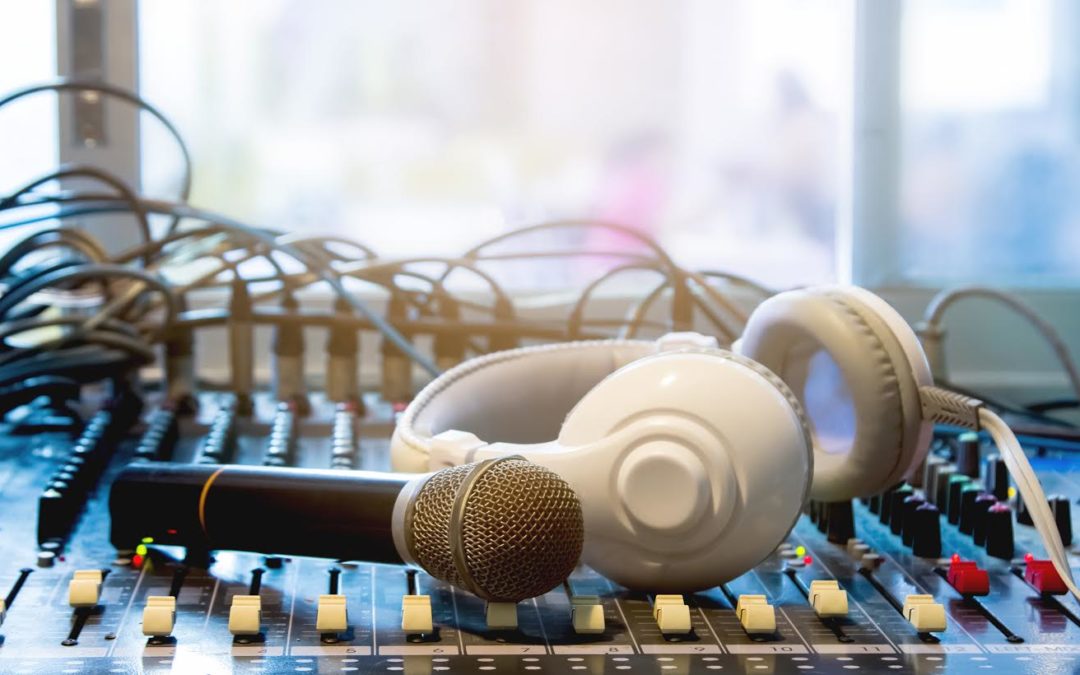Wireless systems have made their mark in the music world these past few years, but they remain a surprising point of contention in some circles. Many musicians swear by the increased mobility that wireless configurations provide. Skeptics, however, claim that wireless systems remain far less reliable than their corded counterparts.
As with any equipment conundrum, it ultimately all comes down to personal priorities. If your show demands that you easily access all areas of the stage, you’re the perfect candidate for today’s dazzling array of wireless devices. Even if you’re a diehard wired devotee, you may still find valuable uses for certain wireless equipment.
Often, those who dismiss wireless solutions are simply unaware of the broad spectrum of options. The more you know about current wireless trends, the better you can integrate them without suffering their perceived downsides. Below, we highlight a few of the most exciting developments in wireless technology:
Hearing
Gone are the days of lugging around a bulky monitor speaker, setting it up directly in the middle of the stage, and having its output bleed back into the microphone or leak out into the crowd. With wireless in-ear monitor sound systems, artists can ditch their usual speakers and hear their performances in crystal clear quality. Wireless setups allow each musician to make the most of his or her own receiver and earpiece. What’s more, artists can customize sound levels not only for themselves but also for their fellow band members.
Several different companies offer in-ear monitor systems, but Shure is consistently one of the most popular brands. Shure’s PSM 300 model provides a perfect starting point for in-ear newbies. The system’s helpful one-touch frequency scan feature allows users to find a clear, clean wireless channel. An astounding 300-foot range allows artists to stop worrying about roaming too far while performing.
Another excellent option for going wireless? The Sennheiser EW IEM G4-TWIN series. Built to withstand even the most rigorous touring schedule, the rack-mounted receiver’s durable metal housing keeps it safe from harm. Boasting the ability to operate up to 61 different channels, the Sennheiser EW IEM G4-TWIN series offers today’s musicians a dependable, customizable monitor solution.
Singing
Sure, we’ve loved seeing Aerosmith’s Steven Tyler hang all over his scarf-filled microphone stand for the last 35 years but as times change, so does the technology behind the hottest rock shows. Musicians no longer need to be rooted to microphone stands as they perform; wireless mic technology has made this setup all but irrelevant.
Today’s wireless mics are not simply convenient, they’re reliable and increasingly intuitive. Each year delivers new and impressive options that increasingly rival the sound quality of their wired counterparts. New in 2019, Electro-Voice’s RE3 series offers a simple setup made possible by a clear frequency scan, along with sync functions.
An array of options allows performers of every level to take advantage of the RE3. Those looking to go hands-free can opt for one of Electro-Voice’s bodypack sets. The BPOL, for example, includes an omnidirectional lavalier microphone. This advanced mic helps users achieve exceptional stage mobility while still maintaining the stellar sound quality their audiences have come to expect.
Instruments
It’s impossible to watch a concert without noticing the visual clutter of on-stage cables. Frankly, it’s a miracle that more artists don’t trip over cords and go flying into the first row. Traditionally, musicians have regarded the cords on stage as essential as the chords on their guitars but that’s about to change. Today, the simple combination of a transmitter and a receiver can power an entire band.
The latest technological advances grant musician’s greater peace of mind as they embrace wireless solutions for their beloved instruments. The BOSS WL-20, for example, captures the best of the oft-used phrase “plug and play.” This wireless guitar system comes with a transmitter that plugs into the guitar and a receiver that goes into the amplifier or pedalboard that’s all there is to it. Setup is nearly automatic, as the WL-20 will scan the artist’s surroundings for the perfect wireless frequency, guaranteeing a clean channel with which to operate.
The role of wireless can go beyond instruments and amps to include stompboxes and other devices. We’ve recently observed several exciting updates in this arena, the most impressive of which may be the introduction of the Line 6 Relay G10S at NAMM 2019. This wireless stompbox system boasts a 130-foot range and 24-bit audio quality. XLR and 1/4″ outputs expand artists’ options for sending a reliable signal. The stompbox’s rechargeable battery provides up to eight hours of playing time, removing previous concerns of shortened performances.
The music industry’s latest and greatest wireless solutions are more accessible and accurate than ever before. Gone are yesterday’s concerns of noise interference and poor connections. Even on a modest budget, it’s possible to score reliable wireless systems. These new and improved tools could revolutionize every aspect of the stage experience, delivering greater mobility and a cleaner aesthetic to every show. Don’t be afraid to experiment with today’s wireless solutions you’ll be amazed by the many ways that a lack of cords can improve both your sound and your stage presence.

